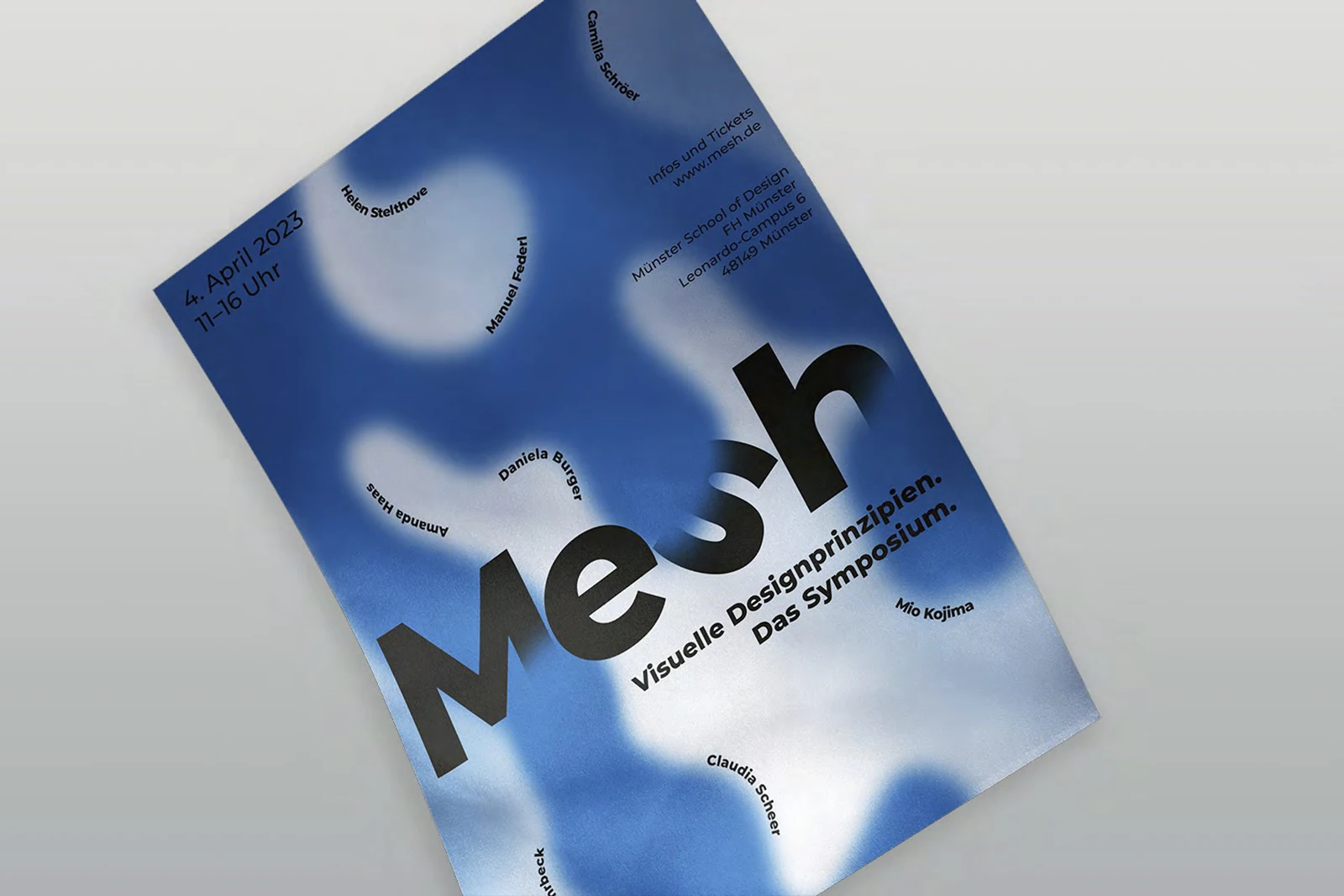Anyone who has studied design has certainly come into contact with terms such as design parameters, design rules, tools or guidelines. There are many visual design principles and they form the basis of good design, but there is a lack of a uniform definition and fixed terminology. This situation is not automatically a bad thing, as it allows an individual and free approach to design principles. Nevertheless, the crux of the matter becomes apparent when it comes to an exchange between designers. Especially in an industry that is subject to constant social change and is constantly evolving.
Julia Pawlik from Münster University of Applied Sciences explored this topic in her Master's thesis "Mesh". To do so, she examined 12 independent designers and their individual approach to design principles. The result is a book summarizing the series of interviews as well as the concept and branding for a symposium.

Text: Paula Schneewind
Design and society have always been inseparable. And especially at a time when everything is moving at an infinite speed, both society and the world of design are subject to constant change. The demand for good design and what good design actually means is also changing. In her master's thesis, Julia Pawlik investigated how this affects the way design principles are dealt with and what challenges the current design world is confronted with. It also raises questions about what these should look like in the future and how they can counteract discriminatory structures in our society.
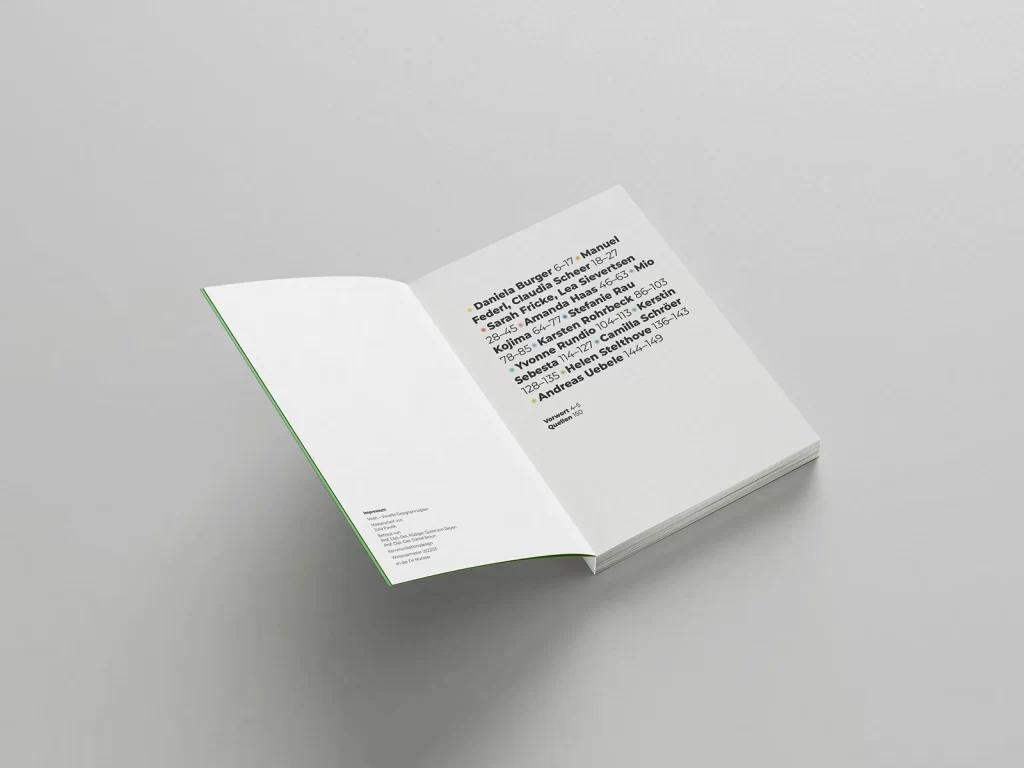
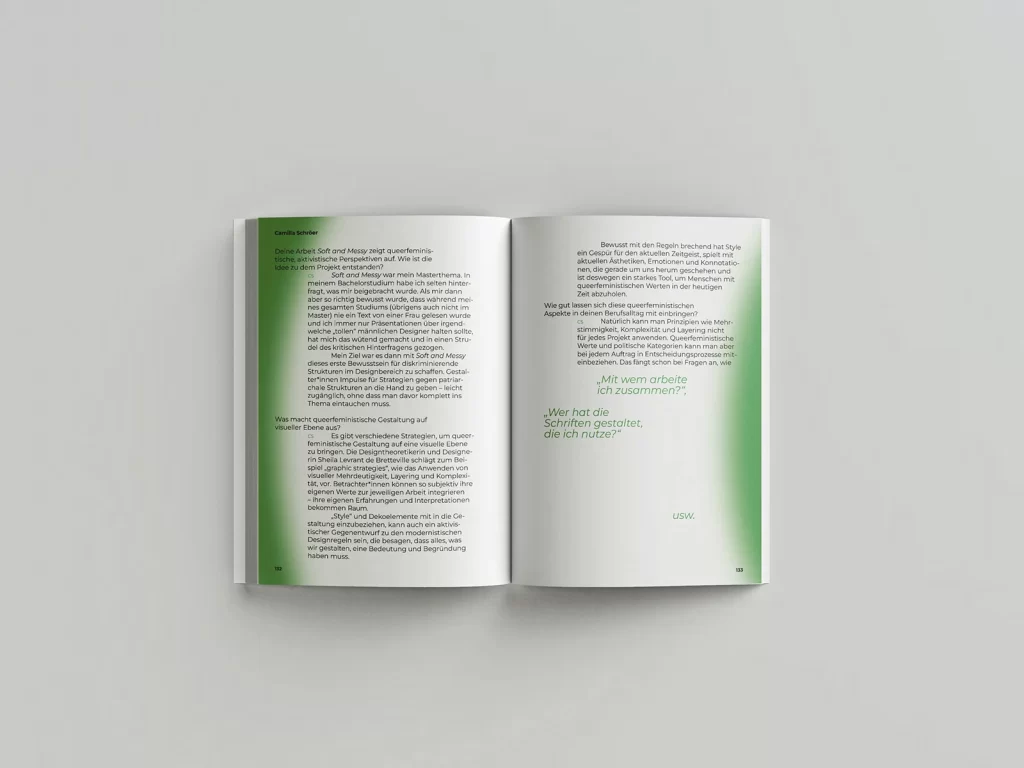
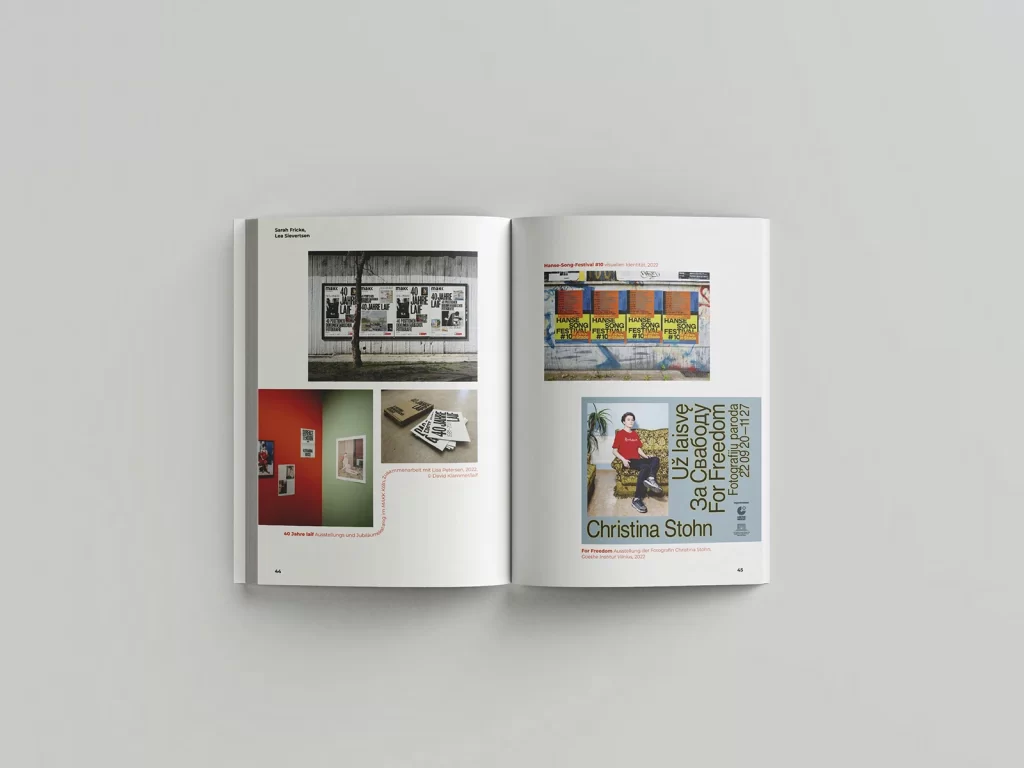
Julia Pawlik has compiled 12 different perspectives on this topic in a carefully designed book. Here, 12 independent designers and collectives are presented and interviewed with their work. The selected interview partners critically and reflectively examine their role as designers in their work and aim to address discriminatory structures. The interviews are partly typographically staged and highlight the most important insights within the conversations. Nevertheless, the layout is clean and does not distract from the content, but creates an inviting framework for engaging with the depth of the interviews. Colors and shapes are also used in a reduced way and only serve as a visual orientation within the book. Overall, the title "Mesh" is reflected in the airy and multi-layered visual language of the work and makes the book an inviting reading experience.

In addition to the book, Julia Pawlik's master's thesis includes a concept for a symposium that invites the interviewed designers as speakers. The Master's student also designed a poster and program brochure that fit professionally into the same branding.
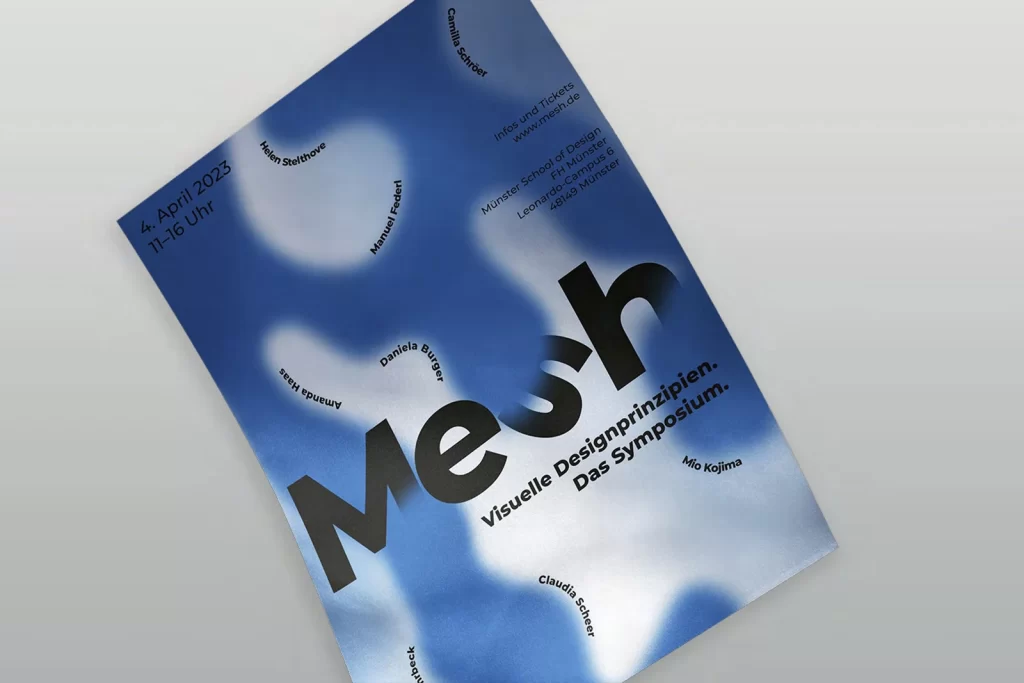

By bringing together different perspectives on visual design principles and current challenges in our society, these are to be presented and brought closer. The project thus counteracts the lack of exchange among designers and helps young designers to position themselves.

If you enjoyed this article, please take a look at one of our other Mensa articles, in which we present work by students. How about "Back to the end".

